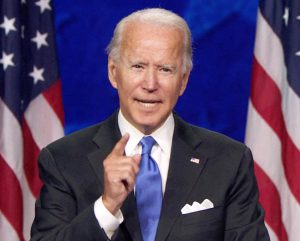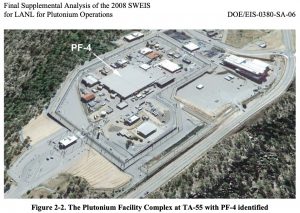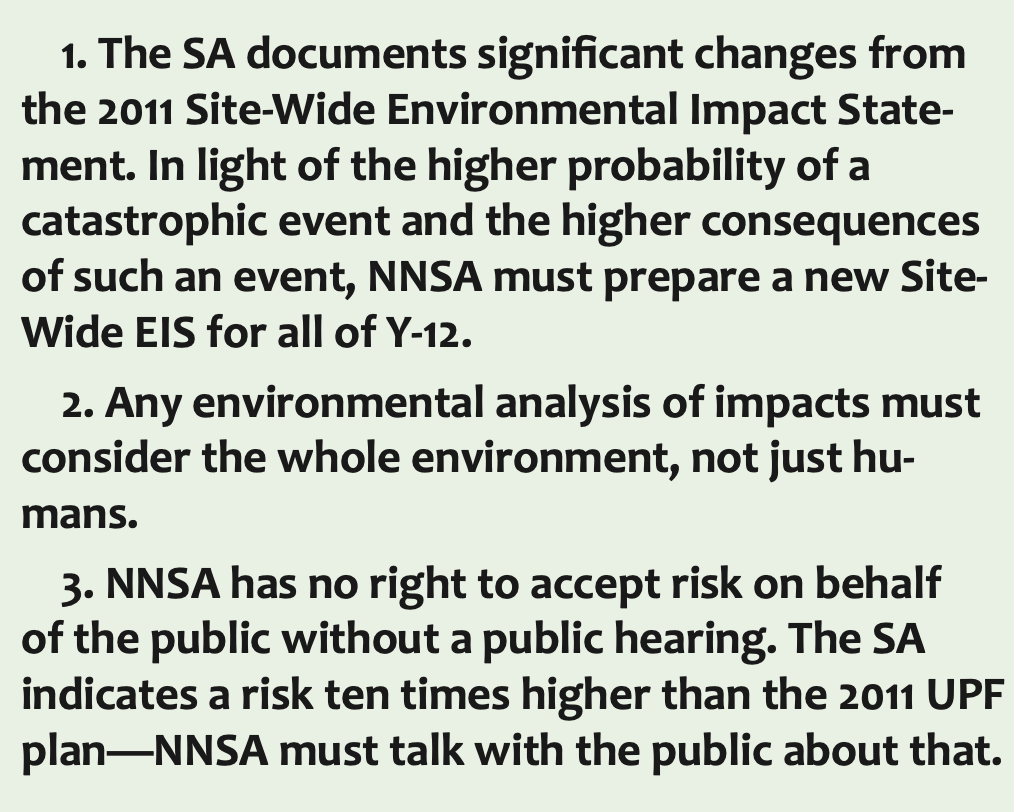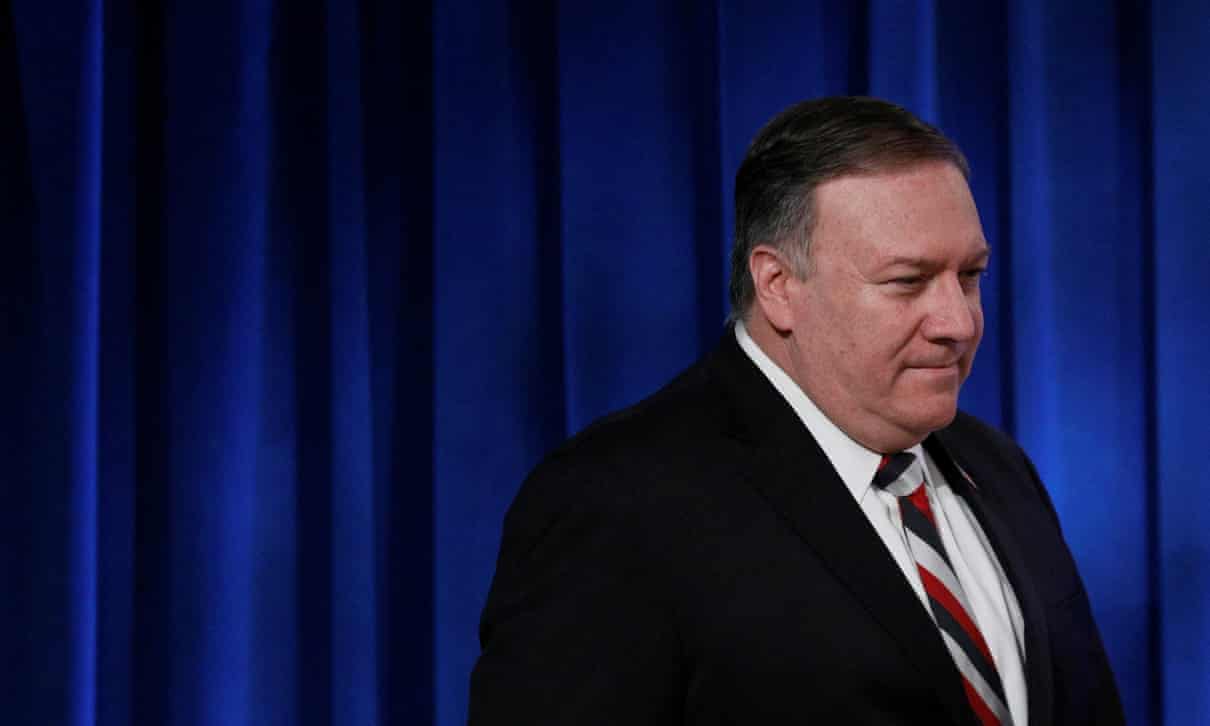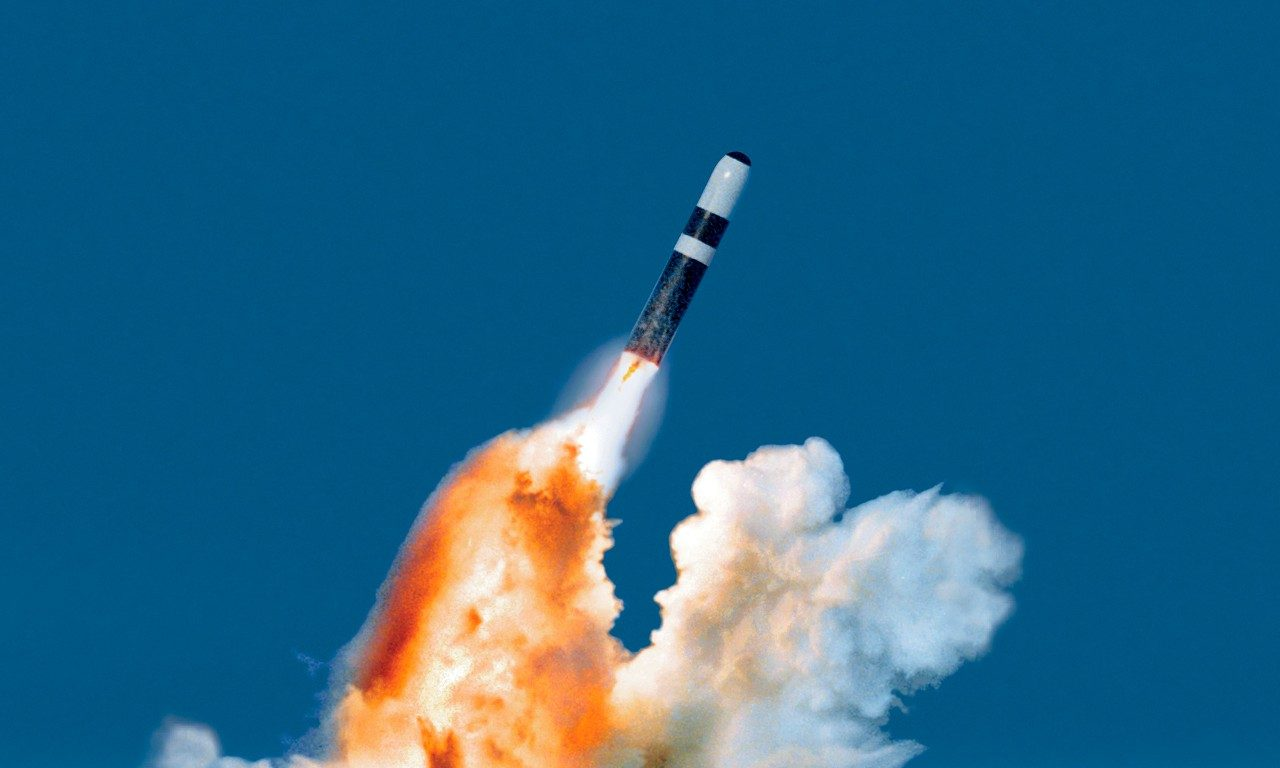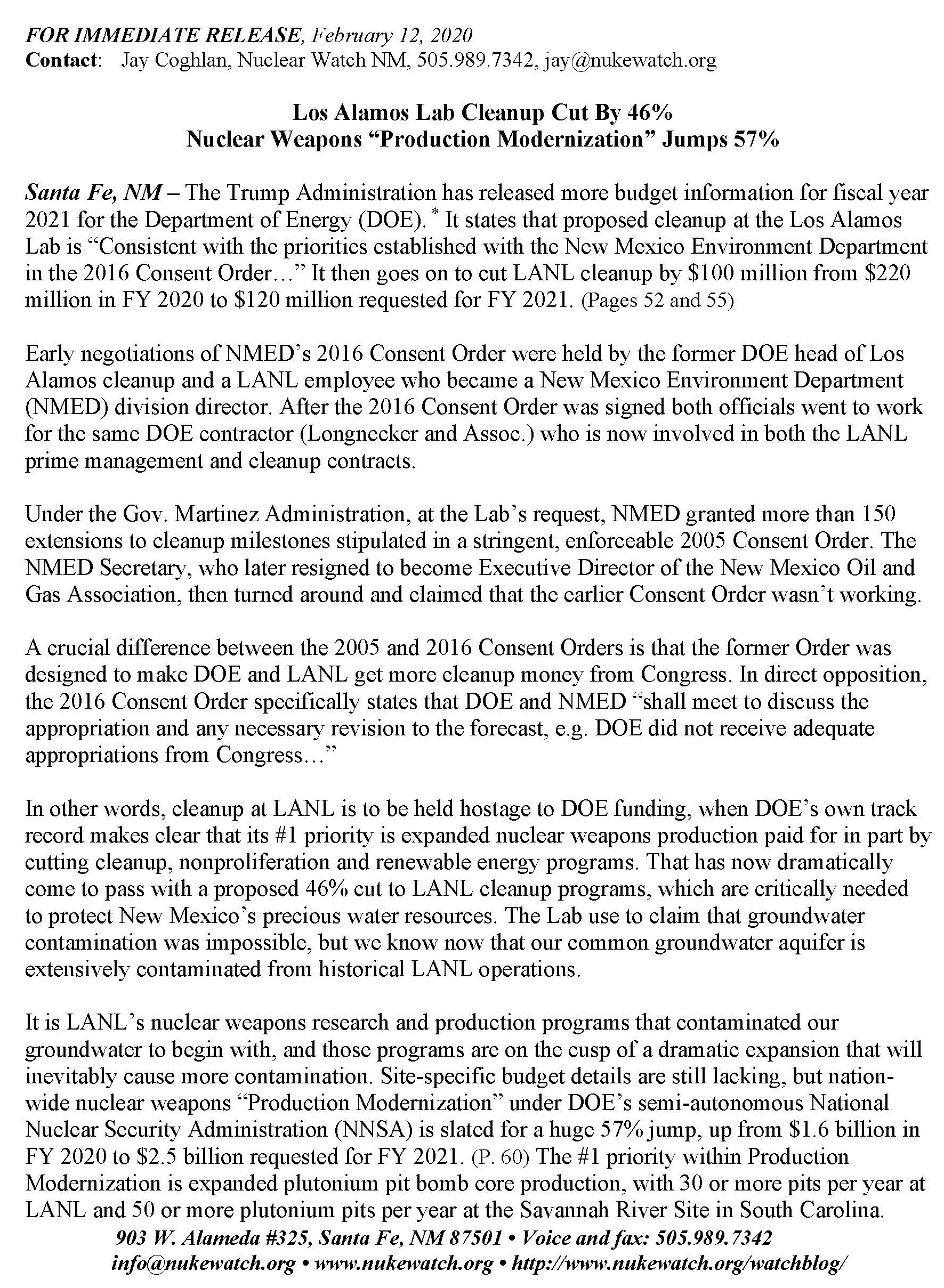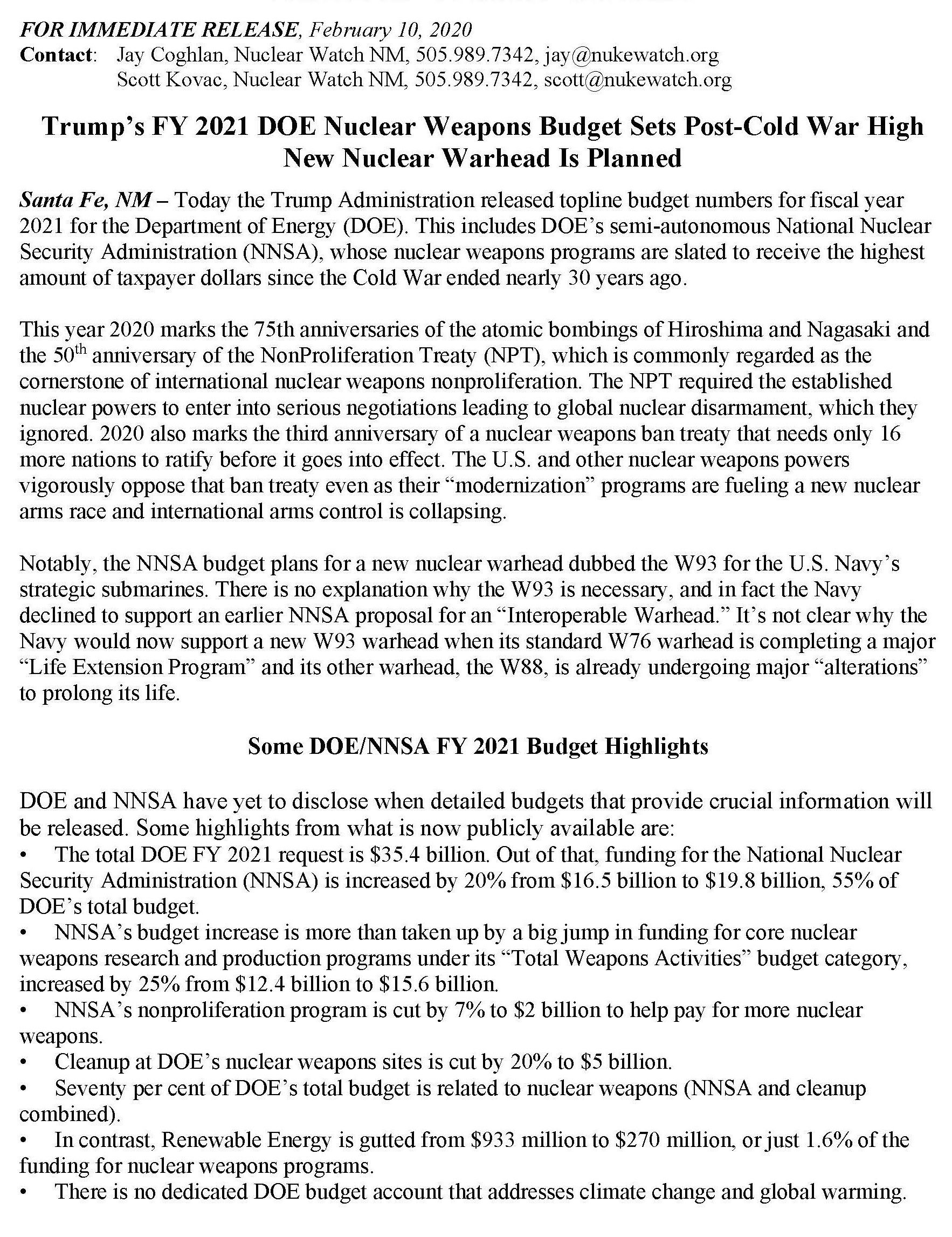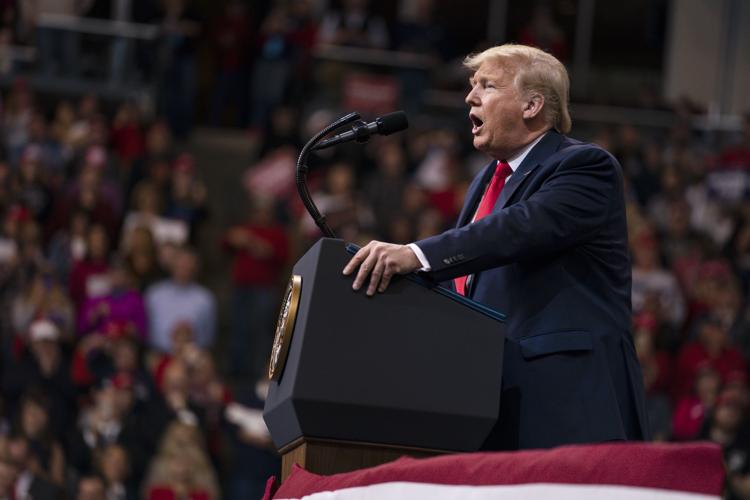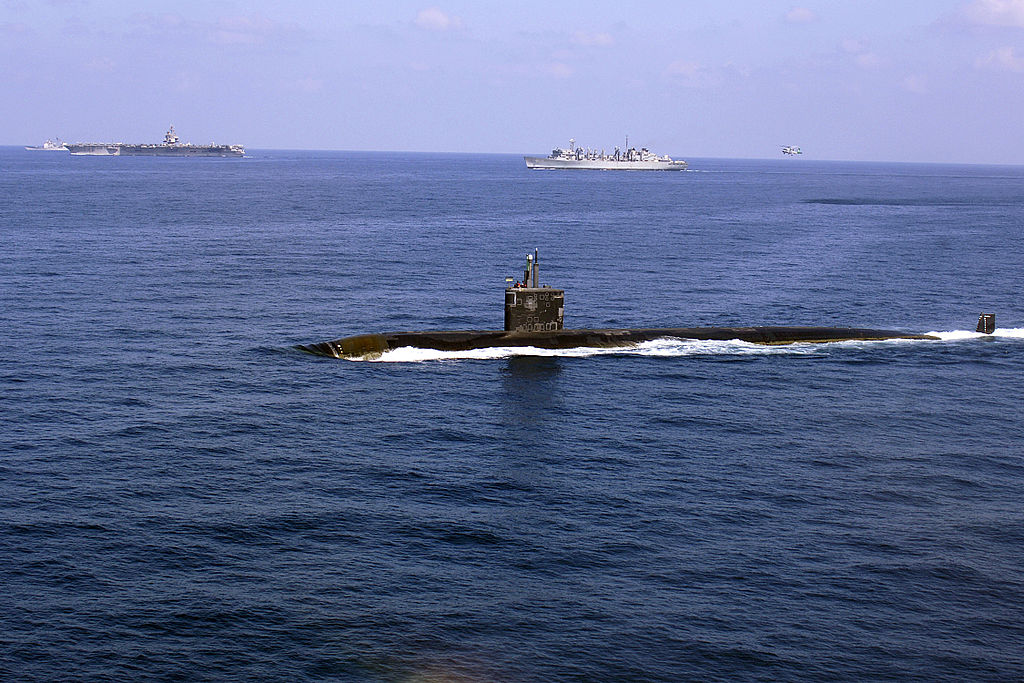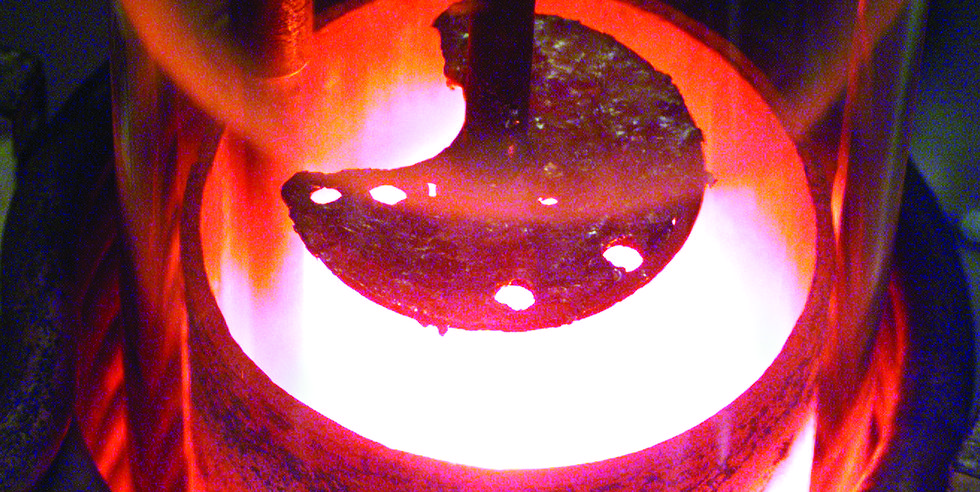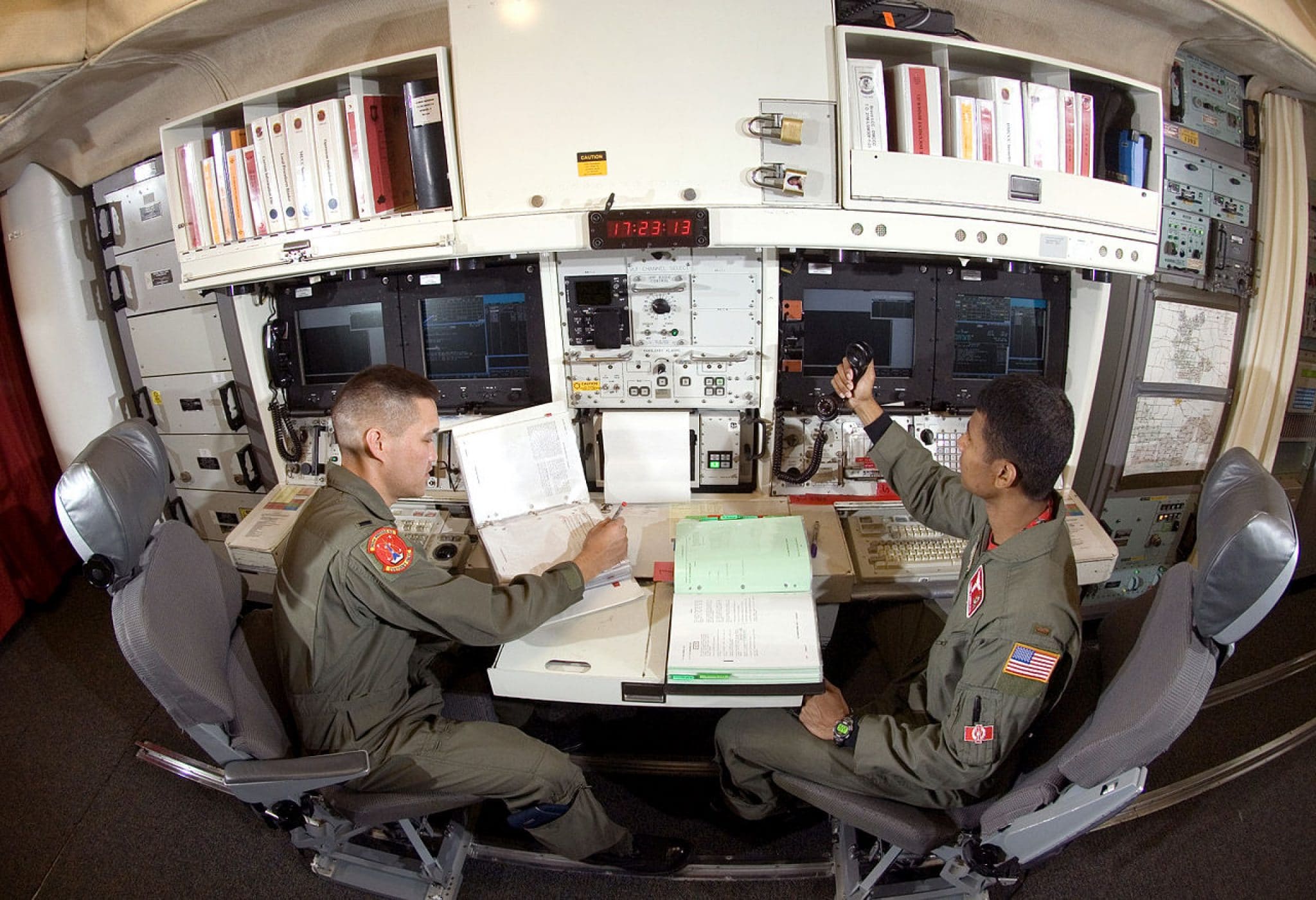“’This kind of demonstration of capability/power is extremely important to give a loud message to another nuclear-powered country that they should not take us for granted. This will bring in inherent dissuasion that will further discourage our adversaries from using nuclear weapons (against us),’ said former Northern Army commander Lieutenant General BS Jaswal (retd).”
Bhubaneshwar/New Delhihindustantimes.com
India on Saturday successfully test-fired a new version of the nuclear-capable hypersonic Shaurya missile with a range of 750 kilometres from a defence facility off the Odisha coast on Saturday, officials said. The launch is the latest in a string of recent weapons tests amid military tensions with China in the Ladakh sector.
The launch came three days after India test-fired an extended-range BrahMos surface-to-surface supersonic cruise missile from the Integrated Test Range at Balasore in Odisha. The cruise missile can hit targets 400 kilometres away – its range increased from the existing 290 kilometres.


